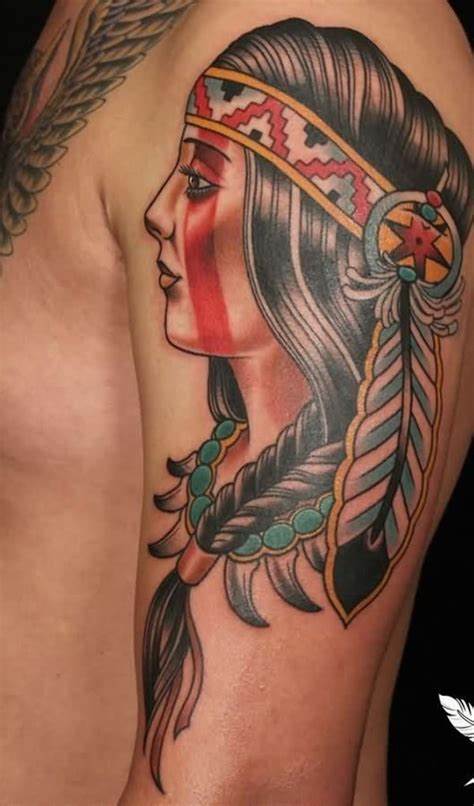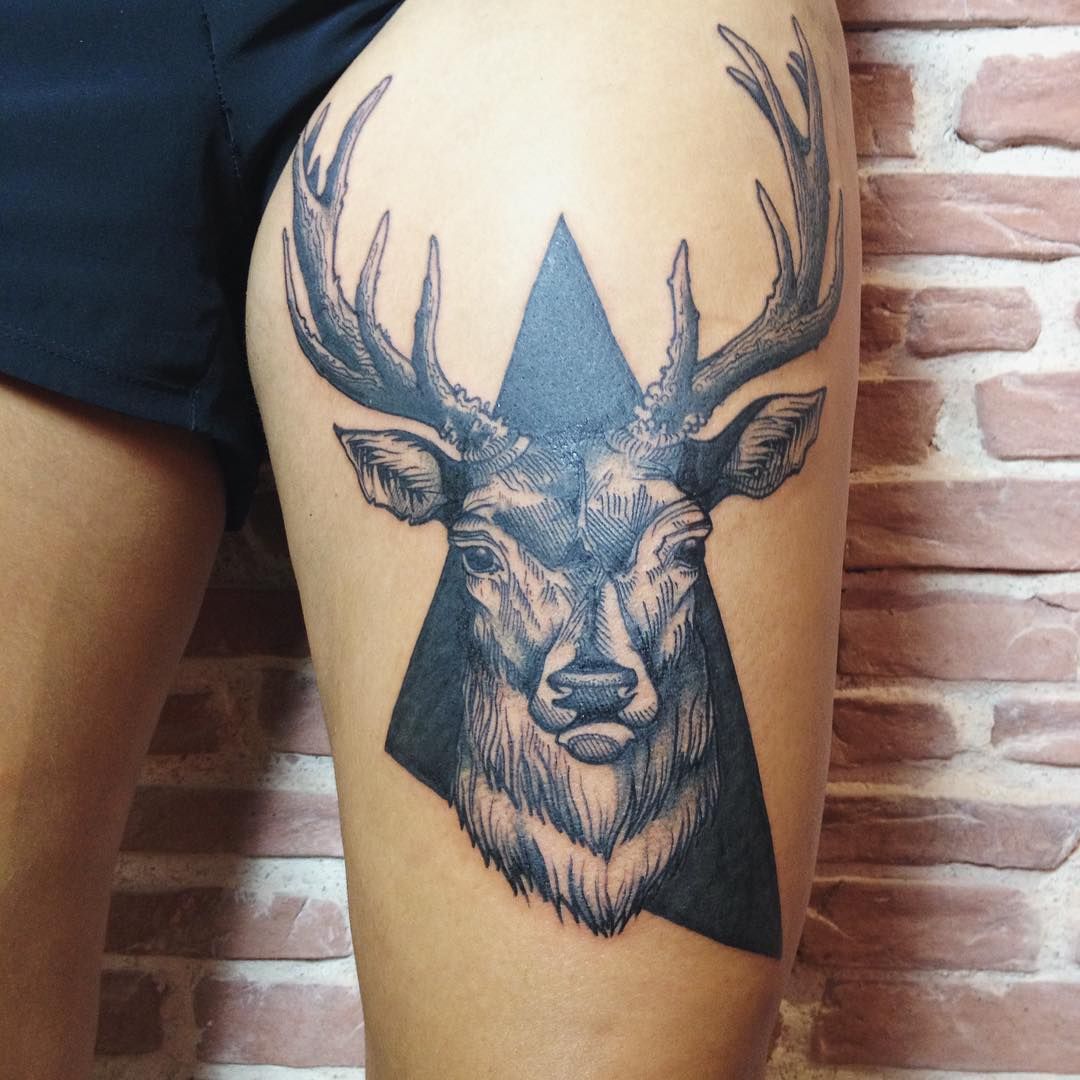
Origins
Indigenous and Native Americans have used tattoos for centuries to mark their bodies, serve as a powerful way of declaring identity, and share culture with others. Lars Krutak, an anthropologist who studies Native North America, notes that tattooing has existed for at least 3,600 years – predating written history by at least this much. According to Krutak, tattoos could serve to identify families, clans, and tribes; or commemorate a hunter’s first kill. Women often incorporated tattoos on their chins, foreheads, and cheeks into puberty as an initiation into adulthood – believing the ink would help keep skin young and prevent wrinkles from developing. Tattooing was once widely practiced among Native Americans, often performed by relatives or friends with hereditary tattooing rights. Although painful for natives, who often suffered fevers after receiving their inkwork sessions.
Symbolism
Native tattoos are an art form with deep symbolic significance and nature-inspired imagery. Their designs vary by tribe but often carry spiritual or warrior-based energy that reflects their warrior culture. Bears have long been revered in Native American traditions as symbols of strength and can often be depicted in various ways as such. Bears represent courage and endurance while simultaneously providing protection and leadership qualities. Wolf is another powerful symbol commonly associated with strength but can also stand for friendship, loyalty, and love. When considering getting a Native tattoo, it is essential to research its symbolism to select an ideal design.
Significance
Ancient Indigenous populations across North America and Polynesian islanders used native tattoos to self-express and honor spiritual beliefs. Yet, these practices were eventually ended due to Christian missionaries’ attempts at assimilation or conversion of tribes into Christianity. Tattoo traditions were traditionally practiced to safeguard bodies against harm and keep spirits protected on the earthly plane. Additionally, some cultures believe tattoos prevent the heart of deceased individuals from entering one’s body and causing illness. Tattooing was integral to indigenous cultures’ identities and communities, marking their bodies with marks to create a lasting connection to nature and God. tattoos served as physical and spiritual markers representing these relationships with nature.
Techniques
Tattooing has a rich and long-standing tradition in many cultures worldwide, serving many purposes across age ranges and backgrounds. Some tribes use tattooing as a mark of achievement and social status or to celebrate an important event like coming of age; other individuals get inked for spiritual or religious purposes. Traditional tattooing was an ongoing practice among Native Americans, involving long, painful sessions that sometimes left permanent scarring and resulted in feverish spells that lasted weeks at a time. Natives were expected to remain composed and remain respectful during this process. Some more traditional techniques include skin-stitching and hand-taping using fine strands of reindeer or whale sinew to apply designs to the top layer of skin. Other approaches involve black and gray ink that transitions between light and dark areas.

